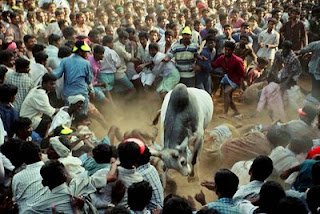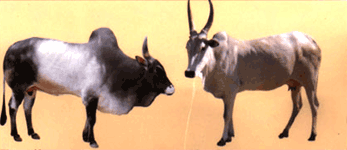HISTORY
Canaries originally came from a group of islands west of Africa known as the Canary Islands. The islands were inhabited by fierce wild dogs (Canis) for which the Romans named them. The wild canary first captured the attention of the Spaniards during their invasion of the islands in 1473. The little green/brown birds soon became popular with the soldiers and sailors because they were quickly tamed, they became well adjusted to their cages and the males sang irresistible, cheerful songs. The Spanish soldiers and sailors often took these birds back to Spain as souvenirs for their own enjoyment and as gifts for their lady friends. This practice became so popular that the birds were nicknamed “little sugar birds.” As the Spaniards recognized demand for these little sugar birds, they began exporting them. Over the past 500 years, careful selective breeding has provided the world with many beautiful colors and types of canaries.
CHOOSE YOUR FANCY
Canaries are grouped into three basic categories:
1. Type (body size and shape, and stance: Border, Fife, Gloster, Norwich, Frill, and Yorkshire)
2. Color (green, blue [white/black], yellow, orange, red, brown, gray, and various combinations)
3. Song (Roller, Waterslager, American Singer, Timbrado, and Chopper)
A Fourth type should probably be recognized: the “mixed breed” or “Kitchen Canary”. Although they won’t win any prizes at canary shows, these colorful little gems make wonderful pets and often have a hearty and varied song.
THIS MAN IS AN ISLAND
Male canaries are very territorial, and two males should never be kept in a cage together. Two males in a cage is a recipe for disaster! Surprising as it may seem, your little songster will not be lonely without feathered friends, so long as you remember that you are his flock. He wants to be your friend, so talk to him, play music for him, let him watch TV with you, and treat him to the canary’s all-time favorite sound: your vacuum cleaner. If you must leave him alone for long stretches of time, be kind enough to leave him with a radio or some other audible entertainment. Remember that his ancestors lived in the wild, where a quiet jungle or forest means only one thing: danger. He will feel more secure if his daytime environment has a little bit of “noise”.
If you have your heart set on a pretty flock of canaries, consider a few hens, or perhaps one singer and some hens. Although three or more males may be housed together, they probably won’t sing, or only the “top bird” will sing. The male sings for two basic purposes—to flirt with lady birds and to claim his territory. Usually, he must feel like his space is his own for his song to be in top form. Also, if he is surrounded by ladies, well, he’s already won, hasn’t he? If you must have the pretty flock and the song, and he simply won’t oblige, consider putting him in a separate cage. But please don’t make him share it with a parakeet—he’s liable to get his toes bit off.







 6:59 AM
6:59 AM





















